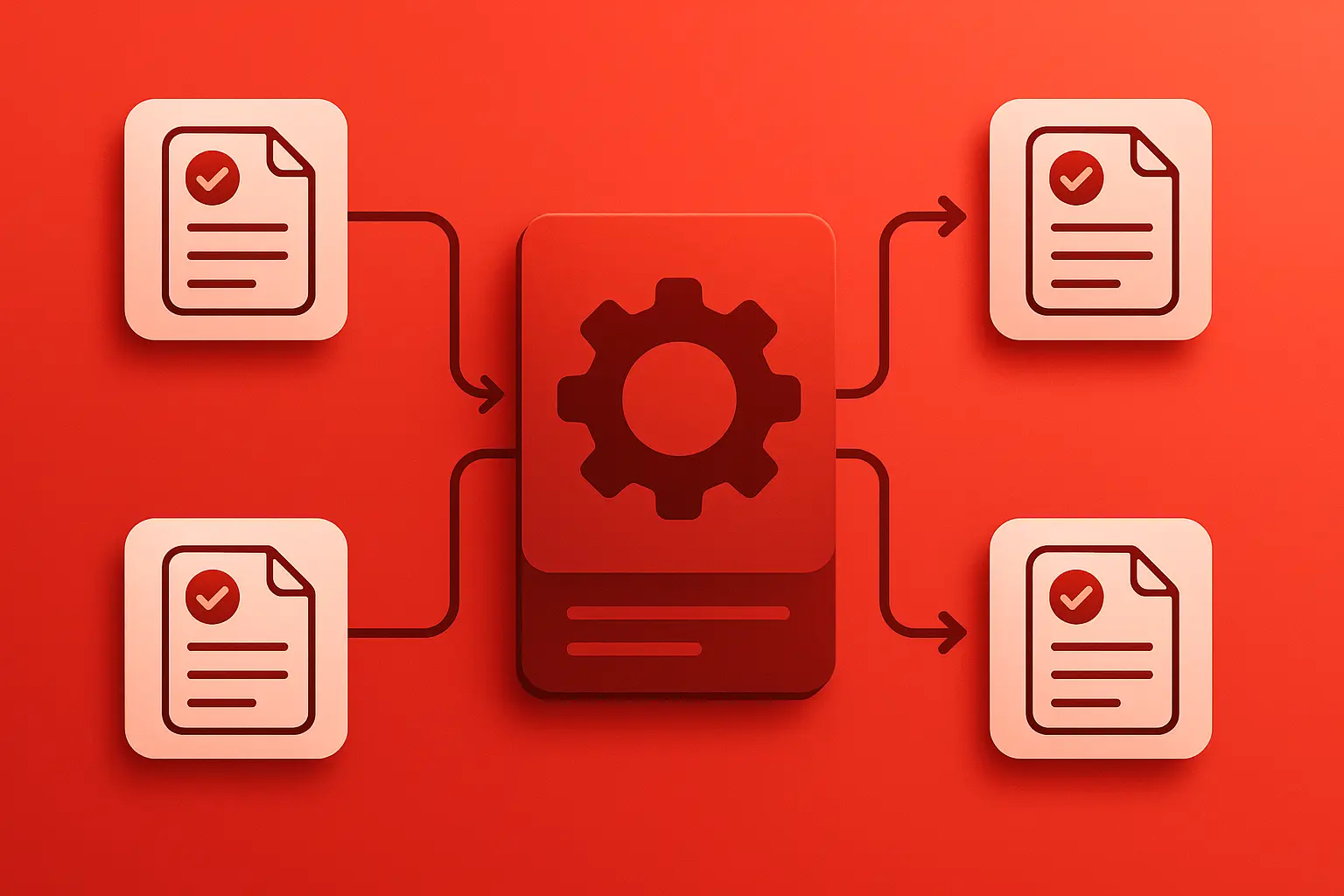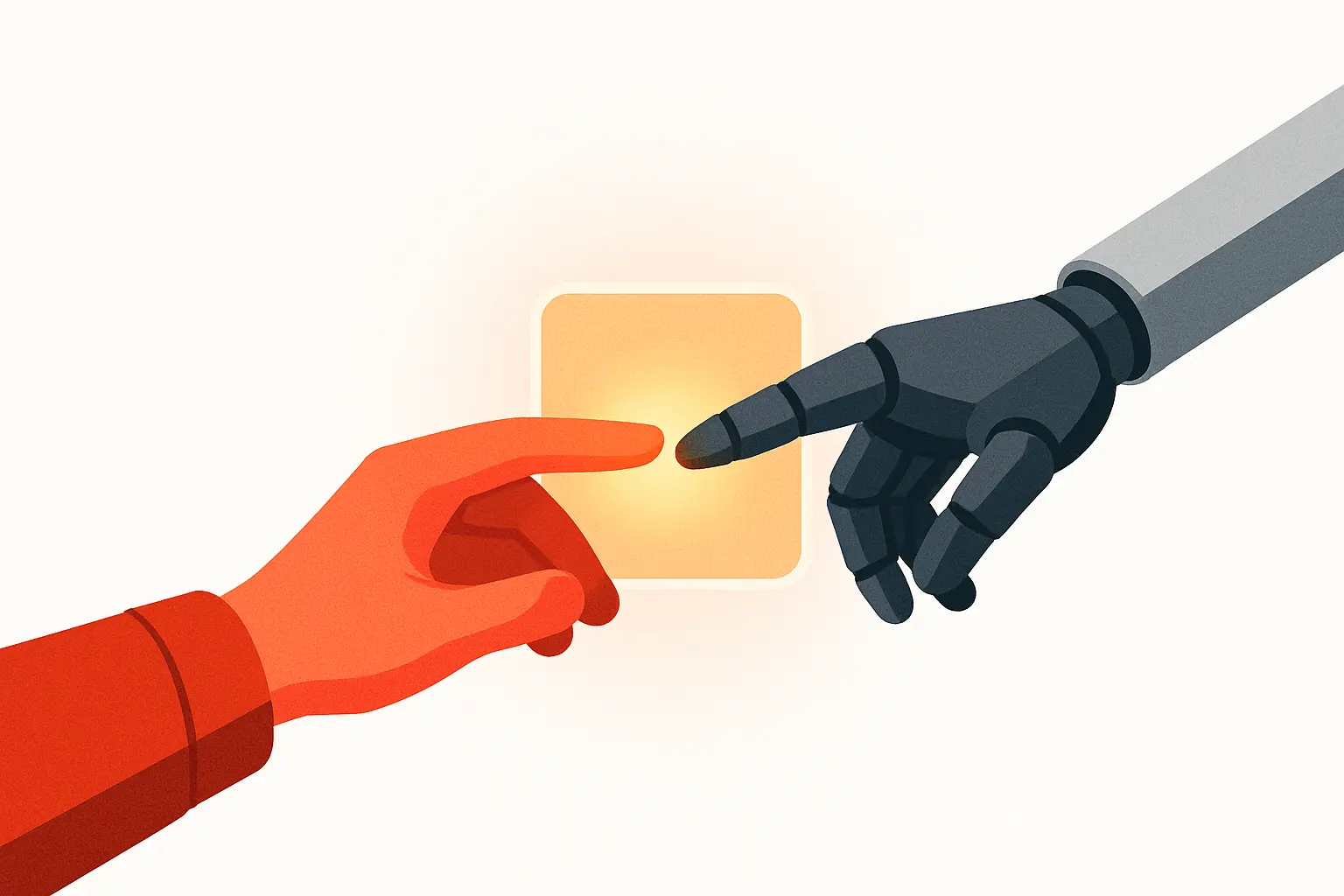Beyond RPA: Why Human-in-the-Loop AI is Essential for Enterprise Trust and Accuracy

In the rapidly evolving landscape of enterprise automation, Robotic Process Automation (RPA) has long been a go-to solution for streamlining repetitive, rule-based tasks. RPA tools excel at automating high-volume, structured, routine tasks such as data entry, form filling, and transaction processing across various applications, offering quick cost savings and improved customer satisfaction by reducing wait times. Yet, as businesses grapple with increasingly complex workflows, the prevalence of unstructured data, and stringent regulatory demands, the inherent RPA limitations are becoming glaringly apparent. The promise of full automation often falls short when human judgment, nuance, or verification is required. This is precisely where human-in-the-loop automation (HITL) emerges not as a temporary fix, but as the indispensable future of intelligent operations.
The Imperative for Trust and Accuracy in Enterprise AI
In high-stakes enterprise environments, "probably correct" simply isn't good enough. Whether it's financial transactions, healthcare records, critical supply chain decisions, or sensitive customer interactions, precision is paramount. While Artificial Intelligence offers incredible speed and scale, the unpredictability of certain AI models, particularly Generative AI (GenAI), can lead to "hallucinations," inconsistencies, or outputs with limited explainability that undermine trust. A single misstep, no matter how minor, can cascade into larger failures, amplifying risk, cost, and disruption across the entire system. This is why enterprise AI trust hinges on a robust mechanism for human oversight.
The solution to this unpredictability lies in grounding GenAI with structured knowledge, such as enterprise taxonomies, ontologies, and semantic knowledge graphs, often through Retrieval-Augmented Generation (RAG). This combination of unstructured creativity from GenAI and structured precision, validated by human oversight, is paving the way for truly enterprise-ready AI. Human-in-the-loop automation ensures that critical decisions, exceptions, and ambiguous data points are routed to human experts for review, validation, or intervention. This collaborative approach means that AI handles the heavy lifting of data processing and repetitive tasks, while human intelligence provides the crucial layer of AI accuracy and accountability. It's about combining the best of both worlds: the speed and efficiency of machines with the judgment and adaptability of humans.
Matterway's Human-in-the-Loop Difference: Precision and Control
Matterway.io is built on this foundational principle. Our AI Assistant for Operations Teams is designed to seamlessly integrate human judgment into automated processes. It's not just about automating tasks; it's about intelligent collaboration. For instance, our system can extract data from diverse document types using advanced AI, including approved Large Language Models (LLMs), then present that information to users with a color-coded interface for easy data validation, allowing them to resolve conflicts efficiently. This ensures that even in the most dynamic or sensitive scenarios, human oversight is maintained, guaranteeing compliance and reliability.
Furthermore, Matterway's unique screen-aware AI automation capability allows it to understand screen content, navigate diverse systems, accurately extract data, and perform various actions directly on existing user interfaces. This is a significant differentiator from traditional RPA, which often struggles with unstructured workflows or requires frequent maintenance when interfaces of connected applications change. Matterway's approach provides a practical and less disruptive pathway to automation, especially for enterprises with entrenched legacy tech stacks.
For highly regulated industries, the distinction between "human-in-the-loop" and "human-on-the-loop" is critical. HITL allows humans to approve or disapprove key decisions, ensuring audit-readiness and adherence to mandates where human approval is required. Matterway's design inherently supports this by providing the necessary control layer for situations where regulations mandate a human to "pull the trigger" on actions. Implementing HITL automation effectively involves establishing clear policies on when human intervention is needed, who is responsible for reviews, and how feedback is captured to improve future performance. Matterway's platform facilitates this by enabling audit trails, logging every decision made by humans and AI with relevant metadata, ensuring transparency and meeting compliance requirements.
The evolution of human-in-the-loop in AI is marked by a shift from routine oversight to more strategic roles. Initially, humans were involved in routine tasks such as data entry and basic monitoring. However, as AI technology has advanced, the role of humans has evolved to focus on judgment, innovation, and problem-solving, leveraging the insights AI provides. This amplifies human intelligence, fostering a collaborative environment where oversight, trust, and responsibility are shared, not surrendered.
By embracing human-in-the-loop automation, enterprises can move beyond the limitations of traditional RPA. They can achieve true operational excellence, where automation is not just fast, but also trustworthy, precise, and adaptable to the real-world complexities that demand human intelligence. Matterway's solution helps organizations stay in control, reduce risk in sensitive and exception-heavy workflows, and gain insights for better decisions by capitalizing on GenAI-powered insights to accelerate resolution times. It also allows for scaling governance by standardizing people's involvement across departments with consistent processes.










